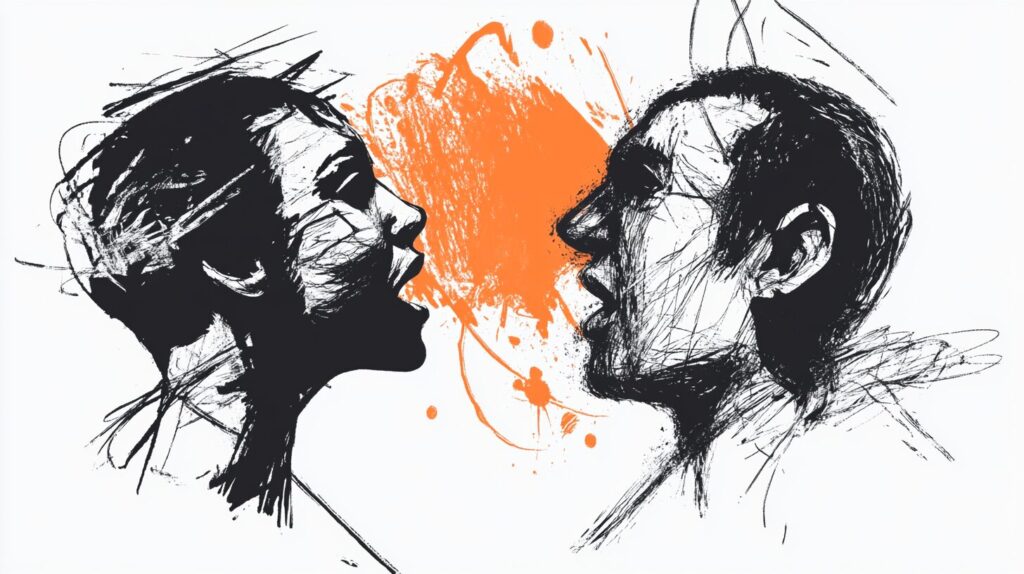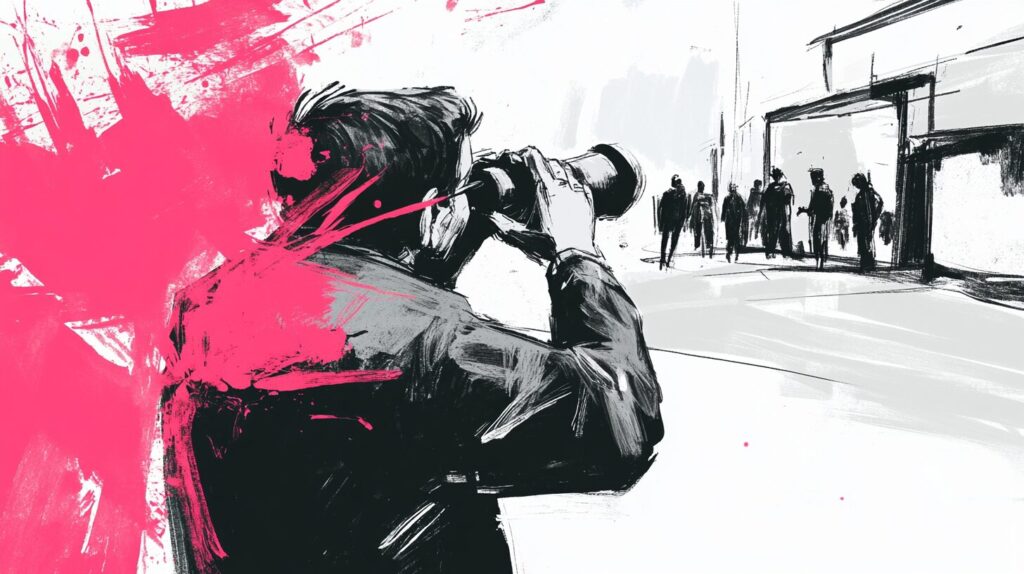For centuries, we’ve been captivated by the idea of artificial intelligence—machines that can think, learn, and maybe even replace us.
From the mechanical chess-playing “Turk” in the 1700s (which secretly had a human hiding inside) to HAL 9000 in 2001: A Space Odyssey, we’ve spun stories about AI as something mystical, all-knowing, and even dangerous.
But here’s the truth:
AI is not magic. It’s not sentient. And it’s not coming for your creativity.
What it is—is a tool that’s evolving faster than we ever imagined.
So the real question isn’t what can AI do.
It’s what can we do with it.
If you’re a creator, entrepreneur, or freelancer, you’re not competing with AI—you’re competing with people who know how to use AI better than you do.
So, let’s get clear on what AI actually is, how it works, and—most importantly—how you can wield it as an advantage.
AI Is Really Good at Tasks
Despite the hype, AI isn’t “thinking.” It doesn’t “understand” the world the way humans do.
AI, at its core, is a task machine.
- It can read X-rays better than most doctors—not because it “knows” medicine, but because it can analyze millions of images and find patterns faster than any human.
- It can generate content, write code, and edit videos—not because it’s creative, but because it’s been trained on vast amounts of data.
- It can simulate conversation, predict your next sentence, and recommend products—not because it has opinions, but because it’s built to complete the next logical step.
What AI is bad at?
Anything unexpected.
It can’t improvise when the rules change. It doesn’t know what to do when it encounters something outside its training. It has no judgment, no gut instinct, no real understanding.
It’s not going to help you if you’re living on Mars and suddenly realize you left a tennis ball at home–and that’s the most critical thing you need to survive.
The Mistake Most People Make
Right now, most people are using AI like an intern—outsourcing low-level tasks, cleaning up messy workflows, and automating busywork.
That’s fine, but it’s a tiny fraction of AI’s real power.
The real winners are those who use AI as a strategic collaborator—not just to execute, but to elevate their work.
- Instead of just having AI write your copy, train it to write in your voice.
- Instead of using AI to summarize research, use it to challenge your assumptions.
- Instead of using AI for ideas, have it pressure-test your strategy.
The difference between those who use AI and those who leverage AI will be night and day.
The Wheel Turns
We’ve seen this story before.
- When the printing press was invented, scribes feared they’d be replaced.
- When photography emerged, painters worried they’d become irrelevant.
- When synthesizers arrived, musicians thought it meant the end of “real” music.
Every time, the same thing happened:
The ones who adapted didn’t disappear. They got better.
This is the moment we’re in with AI.
If your work relies on predictable, repeatable tasks, AI will take over.
If your value is in judgment, originality, and human connection, AI will make you unstoppable.
AI is a Mirror
It reflects the quality of the humans training it, using it, and shaping its impact.
- The problem isn’t that AI is “taking over.”
- The problem is when we blindly trust it—or fear it—without understanding what it’s really doing.
Here’s what you can do:
- Stop treating AI like a gimmick and start treating it like a skill. Spend 15 minutes a day experimenting with how AI can refine your creative process.
- Use AI to challenge your thinking, not just automate tasks. Ask it to play devil’s advocate on your next big idea.
- Remember: AI is only as good as the humans guiding it. If you’re outsourcing thinking to AI, you’re missing the real opportunity.
AI won’t replace you.
But someone who knows how to use AI better than you do might.
If you enjoyed this post, please consider sharing it with someone–the buttons below can help.
Thank you!




